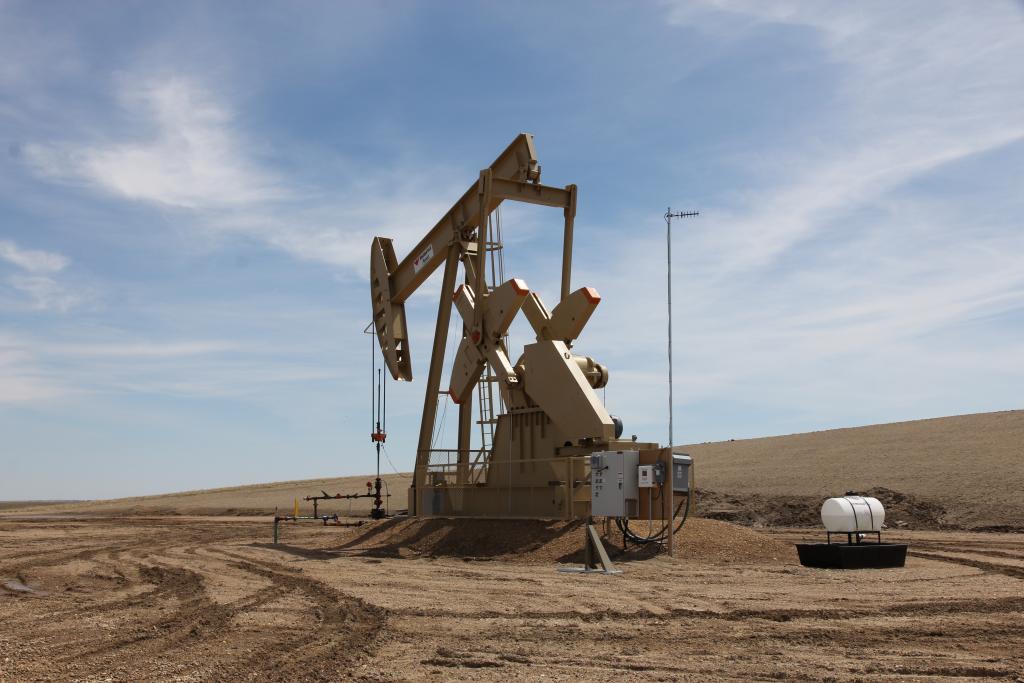
The oil and gas sector continues to see significant technological progress, improving efficiency, lowering costs, and boosting investor returns. Staying informed on these developments helps qualified investors make smart decisions in oil and gas exploration.
Regulatory Approval
All the drilling methods discussed in this article are approved for use in the United States and are not subject to federal bans, ensuring their viability and compliance with industry regulations.
Directional Drilling: Accessing Multiple Reservoirs Efficiently
Directional drilling allows operators to access oil and gas reserves that were once inaccessible. Unlike traditional vertical drilling, this method lets wells be drilled at various angles, reaching multiple oil-rich areas from one site. It boosts production while reducing environmental impact. According to the U.S. Energy Information Administration (EIA), horizontal drilling combined with hydraulic fracturing has been instrumental in developing vast amounts of shale oil and gas.
Automated Drilling: Reducing Costs and Enhancing Efficiency
Automation is transforming drilling operations by reducing human error and improving safety. AI-powered drilling systems adjust operations in real-time, optimizing efficiency and lowering costs. Companies using automated drilling technology have seen up to a 20% boost in efficiency, resulting in higher returns for investors.
Rotary Steerable Systems: Increasing Wellbore Accuracy
Rotary steerable systems (RSS) have revolutionized drilling by providing real-time data and greater precision. These tools allow engineers to adjust the drill bit’s direction while drilling, ensuring better well placement. This technique boosts oil extraction success, minimizes costly adjustments, and maximizes output.
Hydraulic Fracturing: Enhancing Access to Tight Formations
Hydraulic fracturing, commonly known as “fracking,” continues to evolve with safer, more effective methods. Advances in fracking fluids and pressure monitoring have improved well performance and minimized environmental impact. Fracking and horizontal drilling have played a major role in the U.S. shale boom, significantly increasing domestic oil production.
Managed Pressure Drilling: Maintaining Optimal Well Control
Managed pressure drilling (MPD) allows operators to control downhole pressure more accurately, helping prevent blowouts and drilling issues. This method is widely used in complex wells, increasing drilling success and lowering costs. With better control over wellbore conditions, MPD improves safety and efficiency, making projects more appealing to investors.
Extended Reach Drilling: Reaching Distant Reservoirs
Extended reach drilling (ERD) allows wells to be drilled over longer distances, accessing reservoirs far from the drilling site. This technique has greatly enhanced offshore drilling, reducing the need for multiple platforms. It increases oil recovery while cutting surface impact and costs.
Real-Time Data Analytics: Optimizing Drilling Decisions
Advances in data analytics and machine learning help operators make real-time decisions. Wellbore sensors gather data on temperature, pressure, and rock formations, allowing engineers to refine drilling strategies. Big data has improved accuracy and reduced costs, benefiting both operators and investors.
Eco-Friendly Drilling: Committing to Sustainable Practices
With a growing focus on sustainability, the industry is developing new drilling methods to reduce environmental impact. Technologies such as biodegradable drilling fluids, water recycling systems, and low-emission drilling rigs are helping companies operate more responsibly. These innovations help meet environmental goals and enhance the industry’s public image, making oil and gas investments more attractive.
Why These Advancements Matter for Investors
The advancements in drilling technology are making oil and gas exploration more efficient, cost-effective, and sustainable. For qualified investors, understanding these innovations is key to recognizing opportunities in a competitive industry. Interested in oil and gas investment opportunities? Visit DW Energy Group’s website to learn more about how we identify and manage the most lucrative projects.
Sources:
“Hydraulically fractured horizontal wells account for most new oil and natural gas wells,” U.S. Energy Information Administration, https://www.eia.gov/todayinenergy/detail.php?id=34732
“Petroleum & Other Liquids,” U.S. Energy Information Administration, https://www.eia.gov/dnav/pet/hist/LeafHandler.ashx?n=PET&s=MCRFPUS1&f=M
“AI in Oil and Gas: Revolutionizing the Energy Industry,” iTexus, https://itexus.com/ai-in-oil-and-gas-revolutionizing-the-energy-industry/
“Rotary-steerable technology lowers drilling time, well costs,” Oil & Gas Journal, https://www.ogj.com/general-interest/companies/article/17233435/rotary-steerable-technology-lowers-drilling-time-well-costs
“Managed pressure drilling,” PetroWiki, https://petrowiki.spe.org/Managed_pressure_drilling
“Mobil identifies extended reach drilling advantages, possibilities in North Sea,” U.S. Department of Energy, https://www.osti.gov/biblio/5516967
“Automating ROP Optimization in Real-Time Drilling Operations Using Big Data Analytics and ML,” Society of Petroleum Engineers, https://streaming.spe.org/course-automating-rop-optimization-in-real-time-drilling-operations-using-big-data-analytics-and-ml
“Advancements in eco-friendly drilling fluids: A review of recent innovations and their environmental impacts,” ResearchGate, https://www.researchgate.net/
